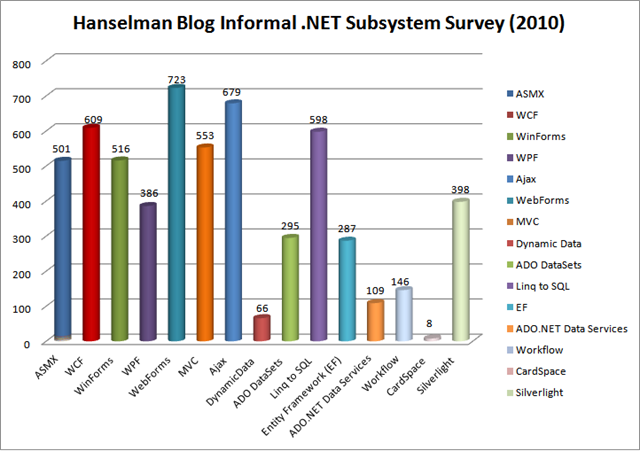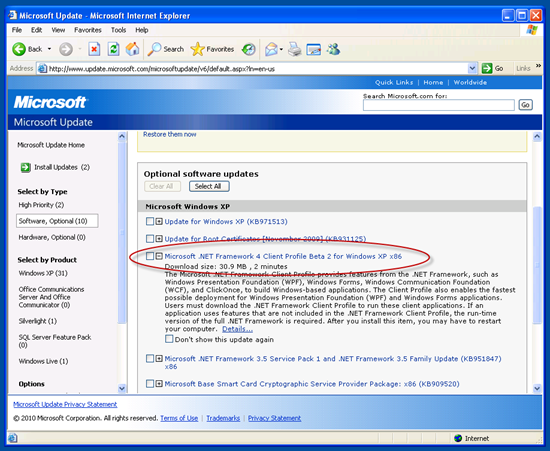_9772d4b9-9b92-44ac-91f2-95efe1960b63.png) The Wife and I travelled all over the world before we had kids (and all over the world after, actually...both boys have been on three continents) and amassed a huge pile of Video Tapes of our travels. I started with a Sony Digital 8 camera that recorded very crisp 640x480 uncompressed digital video to a standard Hi-8 tape, then "graduated" to a Mini-DV Canon camera, then most recently to a small Creative Vado HD. The Vado does 720p, but I figure next big family trip I'll talk to video prosumer Pete Brown and buy a real 1080p HD camera.
The Wife and I travelled all over the world before we had kids (and all over the world after, actually...both boys have been on three continents) and amassed a huge pile of Video Tapes of our travels. I started with a Sony Digital 8 camera that recorded very crisp 640x480 uncompressed digital video to a standard Hi-8 tape, then "graduated" to a Mini-DV Canon camera, then most recently to a small Creative Vado HD. The Vado does 720p, but I figure next big family trip I'll talk to video prosumer Pete Brown and buy a real 1080p HD camera.
I just rediscovered a box full of these old video tapes. There's dozens of them. I remembered that I never made (slightly more permanent) DVDs or backups of these tapes because transferring video from the Digital 8 camera in 2003-2004 was a huge hassle. I have memories of messing about with firewire cards and drivers, camera timecodes and most significantly, hard drive space and CPU speed.
This tape-based digital video camera seems to pump out a gig of video per five minutes of tape, or about 20 gigs an hour. This was a big deal in 2004. Also, whatever machine I had 6 years ago had a lot of trouble keeping up and always dropped frames. I had to shut off services, background apps and defrag my hard drive because even the "tiniest bump in the road" meant a less-the-perfect transfer.
Even though I take video with my Vado HD - which saves to an internal 8gig flash memory - I basically gave up on tape=based video after this crappy experience, and dozens of tapes got put in a box. Today, his Sony DCR-TRV330 Digital Hi-8 camera still has fantastic quality and a high-quality lens (as if 6 years is an eternity).
This post is largely about the seamlessness of the process, much of which is due to everything working out of the box driver-wise in Windows 7, combined with the fact that computers are WAY faster now and hard drives are WAY larger. This of course, is hardly a newsflash, but I wanted to write this post because I was truly surprised at how this previously frustrating task actually became so easy that it was actually fun and more than a little rewarding.
Importing Video from a Digital Tape in 2010
I didn't know what to expect, but I figured what the heck, and I just turned the camera on, put in a tape and plugged it into my Windows 7 machine via a firewire cable.
Surprisingly, the camera was instantly recognized and even showed up in my Devices and Printers window (lower right).
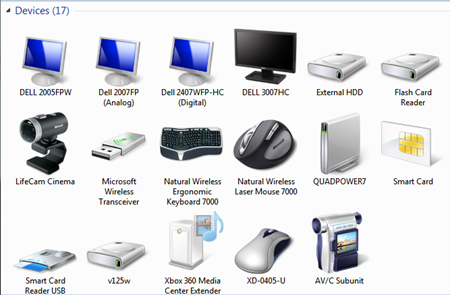
A moment after the camera showed up here, this dialog conveniently popped up:
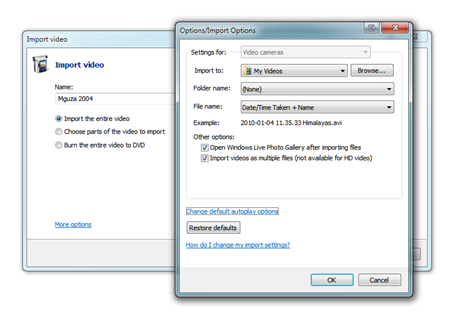
I selected "Import the entire video" and "Import as multiple files." That last option will make multiple files if the there is more than 30 seconds of time elapsed between two cuts. This dialog and utility were included with Windows Live Photo Gallery, but they work so seamlessly, I though they were part of Windows.
Then, click Import...it automatically rewound the tape (nice touch) and started capturing video. The salient point here is that I didn't have to do anything other than plug it in and click OK.
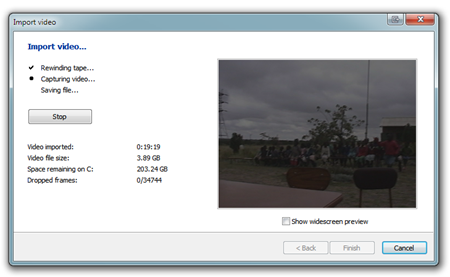
Machines today are so fast, I'm 20 minutes into this video, 35,000 frames and no drops. Piles of space free.
After the files are ripped, it was a 10 minute process to put together a nice menu, name some scenes and burn the DVD with Windows DVD Maker (which apparently comes with Windows, although a free Movie Editor requires a download).
This is so easy, I'm going to make DVDs of all these old video tapes, and I'll store the ripped video on my Windows Home Server.
It's nice to revisit things that were a problem or hassle a few years back and find they they are totally solved problems today.
Related Links
Hosting By

 I did a second .NET Framework features informal poll recently, and as with all .NET related polls the question comes up: How many PCs have the .NET Framework on it?
I did a second .NET Framework features informal poll recently, and as with all .NET related polls the question comes up: How many PCs have the .NET Framework on it?
_9772d4b9-9b92-44ac-91f2-95efe1960b63.png) The Wife and I travelled all over the world before we had kids (and all over the world after, actually...both boys have been on three continents) and amassed a huge pile of Video Tapes of our travels. I started with a Sony Digital 8 camera that recorded very crisp 640x480 uncompressed digital video to a standard Hi-8 tape, then "graduated" to a Mini-DV Canon camera, then most recently to a small
The Wife and I travelled all over the world before we had kids (and all over the world after, actually...both boys have been on three continents) and amassed a huge pile of Video Tapes of our travels. I started with a Sony Digital 8 camera that recorded very crisp 640x480 uncompressed digital video to a standard Hi-8 tape, then "graduated" to a Mini-DV Canon camera, then most recently to a small 





